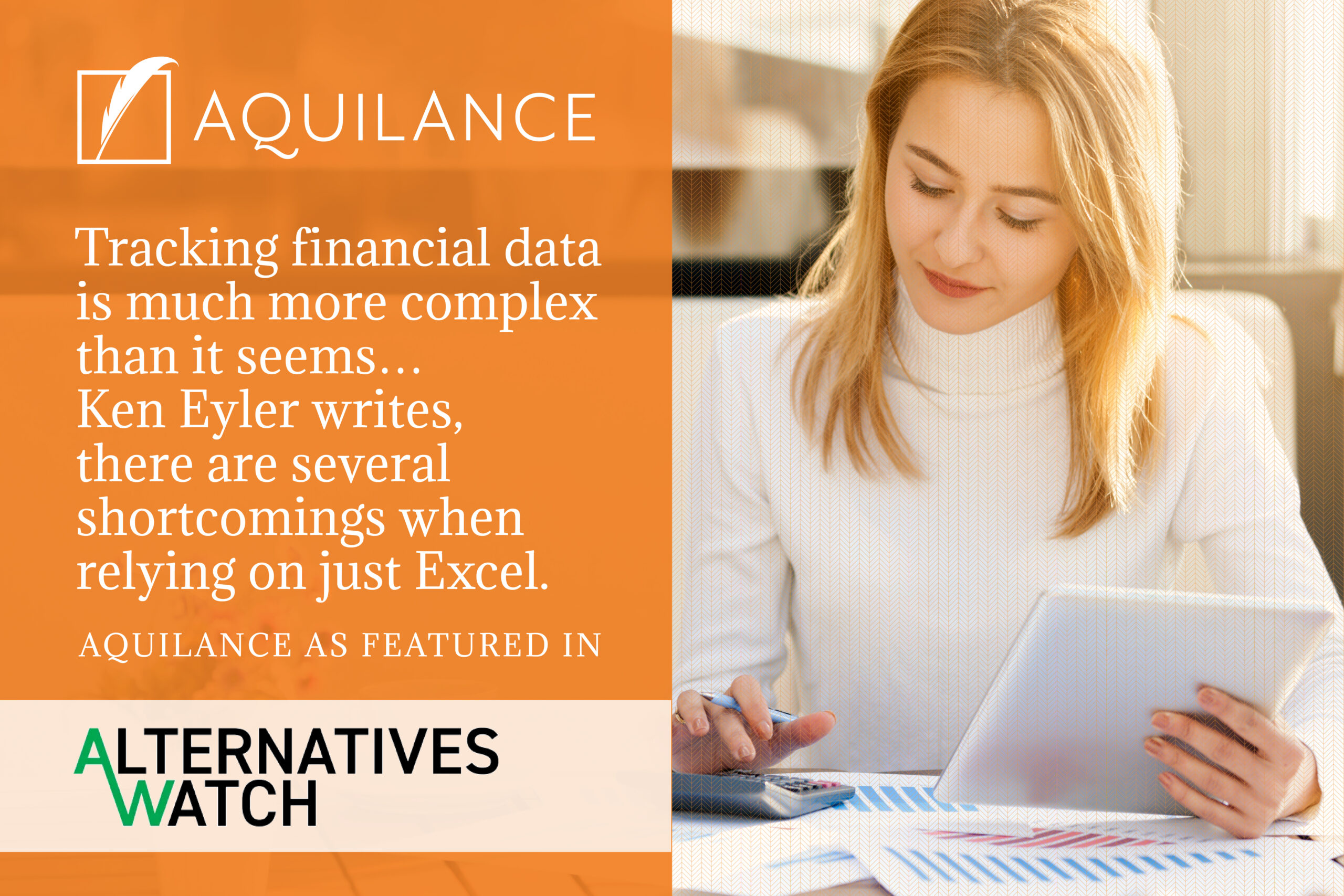From Alternatives Watch, by Ken Eyler
Excel has been a mainstay for those in the financial profession for decades now. Since its release in 1985, and the introduction of competing applications such as Google Sheets; spreadsheets have come to serve as essential and powerful analytical tools. They are widely available, inexpensive, and can be quickly customized and made to work across a variety of situations.
However, for all their benefits, without substantial work, planning, and error-detection building they are prone to errors. Errors that can cost thousands (and sometimes millions) of dollars if not managed and checked effectively.
I’m sure we’ve all experienced an Excel error in our time. Data placement errors are common. After all, it’s a human entering that information and humans make mistakes. Likewise, formula errors are incredibly common, including referencing incorrect or incomplete cells or ranges, and bad formulas that yield an incorrect result that may not be obvious.
Take J.P. Morgan for example. In 2012, the company experienced a $6 billion (yes, with a ‘b’) trading loss as a result of an Excel copy-and-paste error. While creating value-at-risk (VaR) models using Excel, an employee accidentally copied the wrong information from one spreadsheet to another, resulting in an extreme understatement of the company’s risk and a key factor in the overall $6 billion loss.
You can now see how in working with ultra-high-net-worth individuals and families, these “minor Excel errors” can quickly rack up to significant and costly mistakes. For that reason, it’s my view that core information for businesses and families should not be housed in spreadsheets. Especially when there is an increasingly diverse range of alternative solutions available that are more fit for purpose.
Building software has become far less expensive and as such, easier to do than ever before. It is also easier to access uniquely tailored solutions that offer a service and/or product combination that is bespoke to your business or families’ unique needs. In many instances, newer software that was not on the market ten or even five years ago is now available and affordable. And even in instances where the software may not be individually affordable due to the scale required, outsourcing to third parties who run software for many families or businesses can make a lot of sense…






